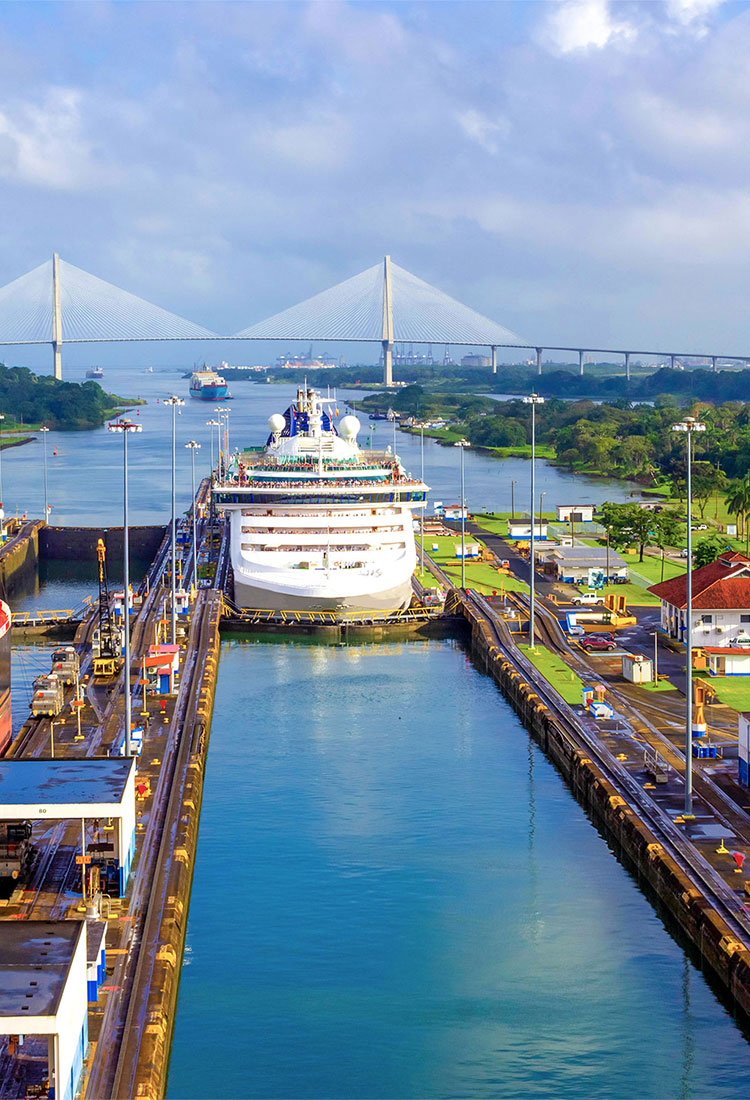The opening of the Panama Canal on August 15, 1914, revolutionized world trade and global development. A feat of modern engineering, it allowed ships sailing from the Atlantic to the Pacific Oceans to avoid the two-week journey around Chile’s treacherous Cape Horn. Today, the 50-mile canal connects the Pacific Ocean to the Atlantic Ocean across the Isthmus of Panama, dividing the continents of North America and South America. How much do you know about this world-famous waterway? Find out with these five interesting facts about the Panama Canal.
The Idea for the Canal Originated in the 1500s

The Panama Canal celebrated its historic 100-year anniversary in 2014, but many people don’t know that plans for this canal had been in motion long before it opened in 1914. When Spanish conquistador and explorer Vasco Núñez Balboa discovered that the Isthmus of Panama was just a tiny sliver of land separating the Pacific and Atlantic oceans in 1513, he began to search for a waterway to bypass it.
When Balboa didn’t find one by 1534, Roman Emperor Charles V ordered that his men find a way to build one — but this didn’t work out either. In the 1880s, a French company began construction on a canal, but the project failed due to poor planning and bankruptcy. In 1904, President Theodore Roosevelt established the Isthmian Canal Commission (ICC) to see through the construction, and finally, after 10 more years, the Panama Canal was completed.
Traveling Through the Canal Isn’t Cheap
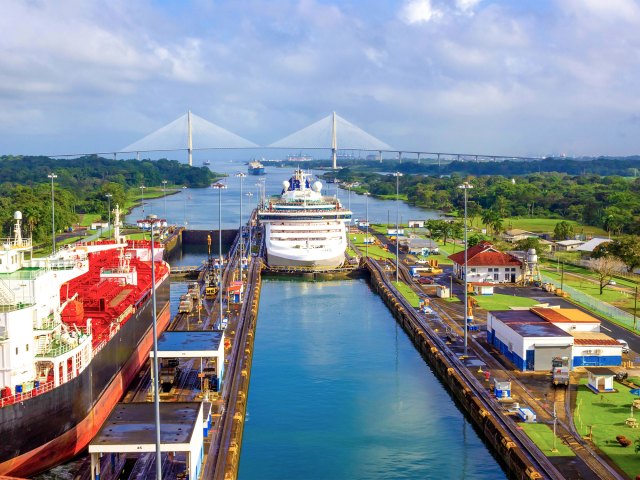
On average, it takes around eight to 10 hours for a ship to travel through the Panama Canal, as opposed to two weeks if it made the journey around Cape Horn. However, there’s a hefty fee for the convenience. Each commercial ship that passes through the canal has to pay a toll based on its weight. The average toll is around $150,000, but some larger ships pay much more — the record is held by a cargo ship called MOL Benefactor from Hong Kong, which paid over $829,400 to pass through.
But It Is if You Can Swim Through the Canal
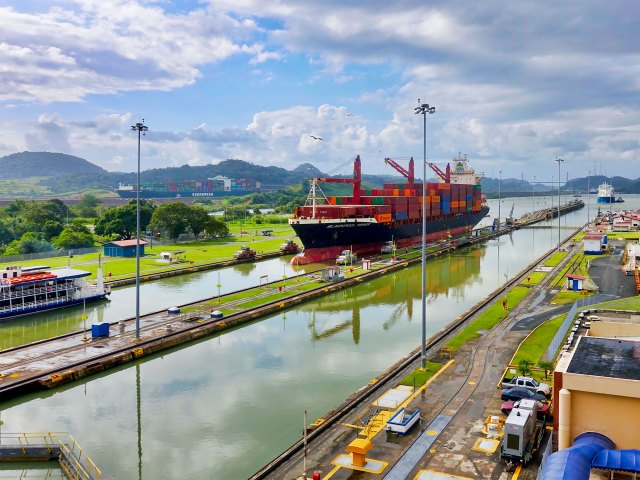
While ships regularly pay hundreds of thousands of dollars to pass through the Panama Canal (even privately-owned boats have to pay between $800 and $3,200), the lowest toll ever paid was paid by an American man named Richard Halliburton, who swam the entire length of the canal in 1928. Since the toll price is based on weight, he only had to pay 36 cents.
It Was Almost Called the Nicaragua Canal
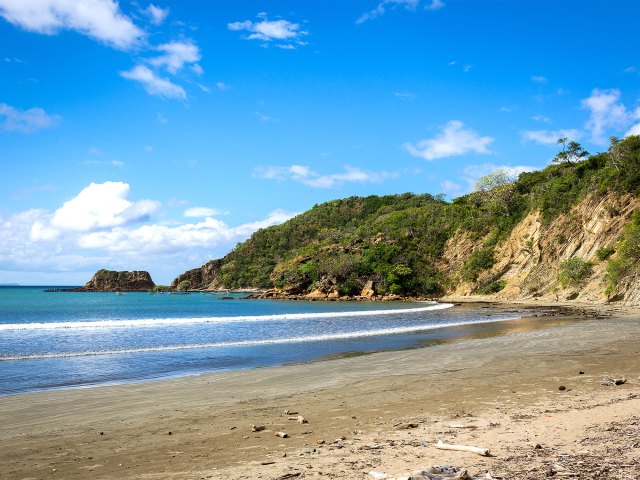
American engineers’ first choice for connecting the Atlantic and Pacific oceans was to build a canal through Nicaragua instead of the Isthmus of Panama. They had seen the hardships the French had endured trying to build the canal in Panama in the 1800s (including malaria and yellow fever, which led to the deaths of more than 20,000 workers), so they wanted a fresh start in Nicaragua instead.
However, French engineer Philippe-Jean Bunau-Varilla strongly suggested that they reconsider this placement, as Nicaragua posed a significant seismic risk due to its close proximity to a volcano. Eventually, he was able to convince them to pick up where the French had left off in Panama.
The Panama Canal Is Constantly Expanding
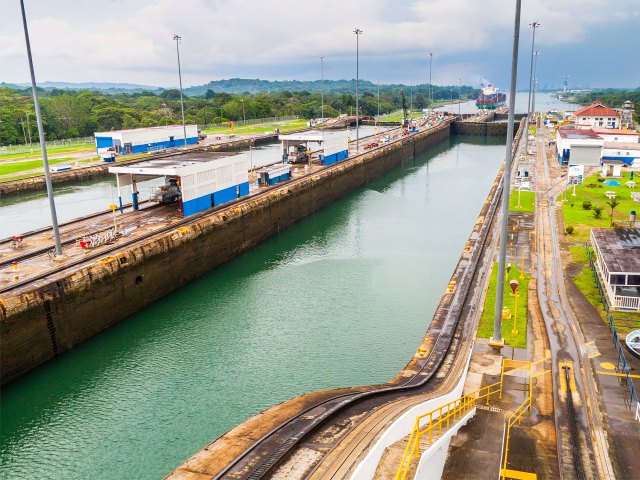
The Panama Canal brings in billions of dollars in revenue per year, some of which is then used for expansion purposes. Many larger ships used to have trouble bypassing the smaller canal, so it has been being expanded fairly steadily over the last few decades. New lock systems have been put into place, allowing more ships to pass through at the same time, as well as larger ships that can carry more cargo. This is no surprise, as the Panama Canal facilitates at least 5% of the world’s trade and has to keep up with the times.
More from our network
Daily Passport is part of Optimism, which publishes content that uplifts, informs, and inspires.






